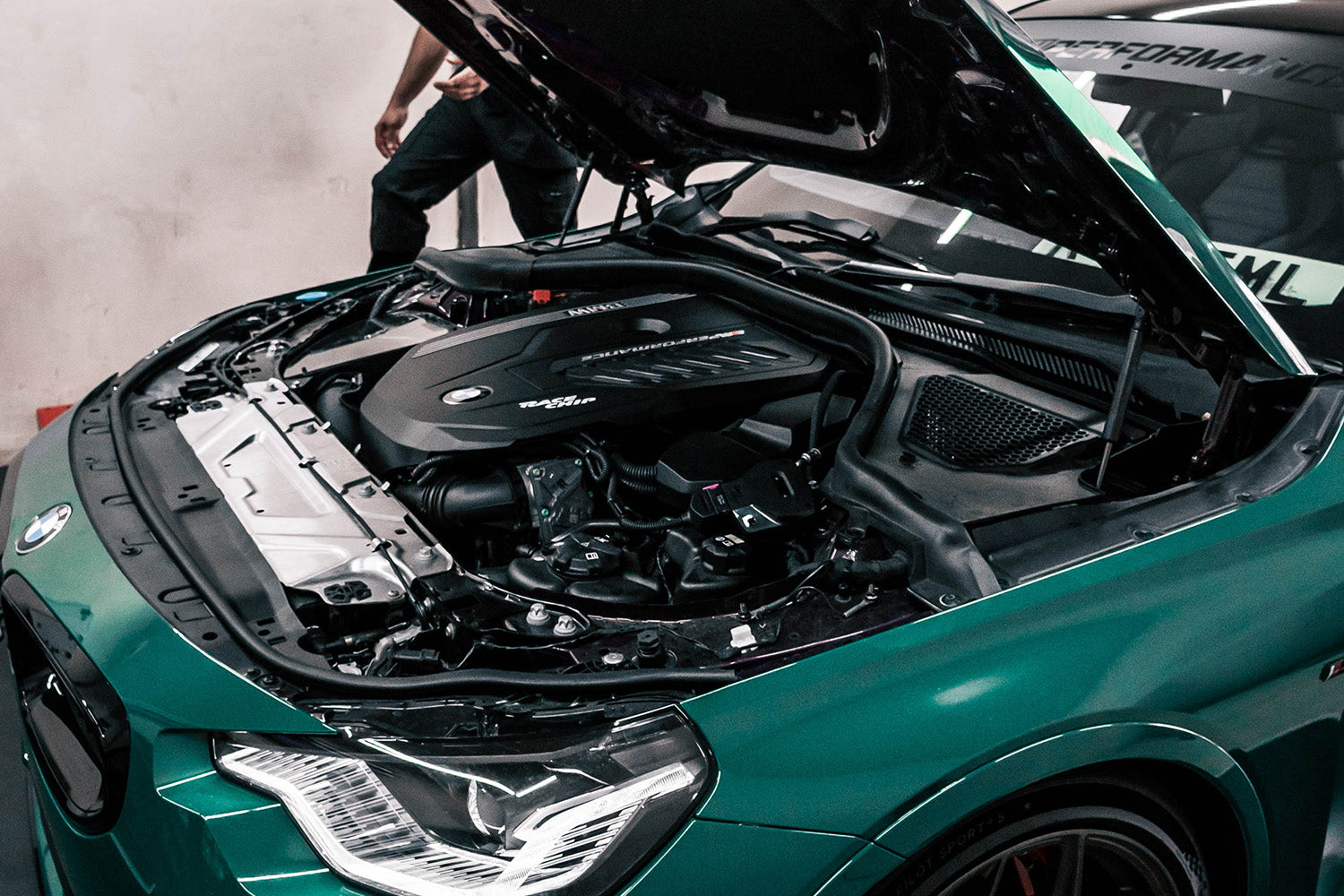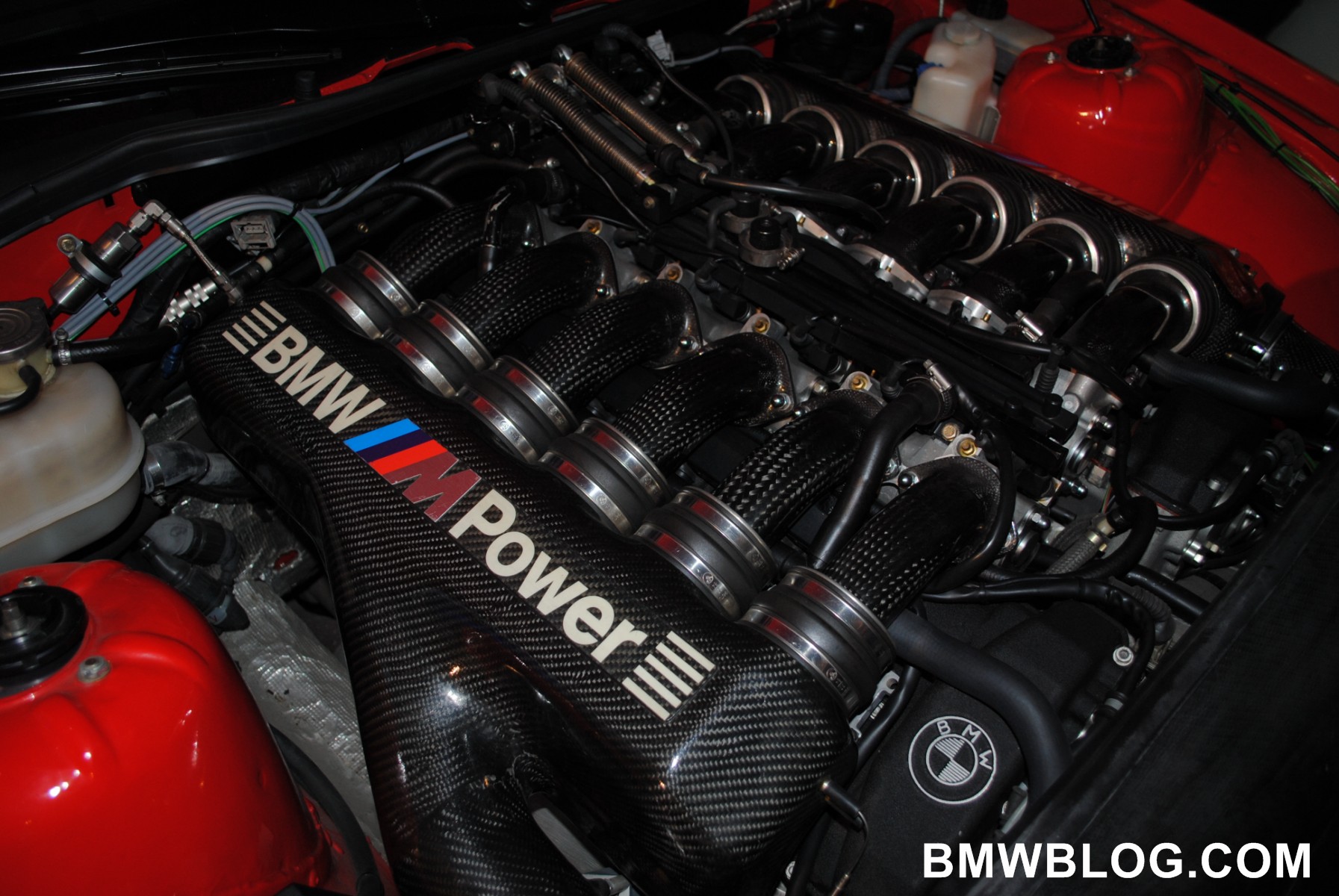Common Concerns Dealt With by BMW Engine Owners and How to Solve Them
Common Concerns Dealt With by BMW Engine Owners and How to Solve Them
Blog Article
Checking Out the Development of Combustion Engines in Modern Transport Equipments
As we navigate the landscape of contemporary transport, the advancement of combustion engines stands as a testimony to human resourcefulness and engineering expertise. The interplay of history, innovation, and ecological problems in shaping the trajectory of burning engines creates a story that is both compelling and informative.
Very Early Beginnings of Combustion Engines
Just how did the principle of burning engines initial arise in the early stages of transport growth? When the principles of internal combustion were initial discovered, the roots of combustion engines can be traced back to the 17th century. In 1673, Christian Huygens conceived a standard internal burning engine that made use of gunpowder to generate power. However, it wasn't until the late 19th century that functional applications of combustion engines in transport began to arise.
The breakthrough moment featured the development of the very first effective gasoline-powered engine by Karl Benz in 1885 - bmw engine. This engine led the way for the development of the contemporary auto, reinventing transport systems worldwide. Subsequent developments by Nikolaus Otto and Gottlieb Daimler even more fine-tuned burning engine technology, bring about the mass production of automobiles and the quick expansion of the transportation industry
These very early burning engines were characterized by their simplicity and effectiveness, laying the foundation for the facility and powerful engines used in modern-day transport systems. The development of combustion engines has contributed fit the method we take a trip and transport items, marking a considerable turning point in the background of transportation development.
Change to Internal Combustion Modern Technology
The shift to inner combustion modern technology noted an essential shift in the advancement of transportation systems. This change started in the late 19th century, with developers like Nikolaus Otto and Gottlieb Daimler developing the first effective internal burning engines. These engines revolutionized transport by offering a much more powerful and efficient option to steam engines and electric motors.
Among the vital benefits of interior combustion engines was their capability to be reduced to suit lorries, causing the development of vehicles and bikes. This change from cumbersome, fixed engines to compact, mobile ones led the method for the modern transport systems we see today.
The transition to interior combustion technology additionally stimulated advancements in gas innovation, leading to the development of gasoline and diesel as main fuel resources for lorries. This change not just made transportation much more available to the masses however also laid the foundation for the oil and gas industry to become essential to worldwide economic climates.
Effect of Combustion Engines on Transport
The fostering of burning engines in transport systems militarized an extensive change in the efficiency and rate of global movement. Burning engines changed transportation by offering a trustworthy and flexible source of power for different lorries, consisting of cars, vehicles, aircrafts, and ships. This development significantly improved the capacity for individuals and products to conform lengthy distances in shorter amount of time, causing increased connectivity in between regions and nations.
Furthermore, the extensive use combustion engines has actually had a substantial influence on economic growth. The ability to carry goods effectively has actually stimulated profession and business, permitting services to expand their markets over at this website and reach consumers worldwide. This has helped with financial development and globalization, as products can now be delivered quicker and in bigger quantities than in the past.
Nevertheless, the environmental effect of combustion engines can not be overlooked. The burning of nonrenewable fuel sources has led to air pollution and greenhouse gas exhausts, adding to climate change and posturing health and wellness risks to populations. bmw engine. As an outcome, there is a growing focus on creating alternate propulsion modern technologies to mitigate these unfavorable impacts and develop a more sustainable future for transportation
Developments in Burning Engine Layout
One notable technology is the see this growth of turbocharged engines, which utilize exhaust gases to drive a wind turbine that presses inbound air, enabling for more fuel to be charred, resulting in increased power output without a considerable boost in engine size. Variable shutoff timing systems have also transformed engine style by enhancing air flow at various engine speeds, improving both power and performance. These advancements jointly contribute to the continual renovation of combustion engines in contemporary transportation systems.
Future Patterns in Combustion Engine Development
With innovation advancements driving continuous innovation, the future of combustion engine advancement is positioned to transform transportation systems worldwide. One of the crucial trends in combustion engine growth is the push towards higher effectiveness and decreased emissions. Suppliers are spending greatly in r & d to boost engine performance while meeting strict ecological guidelines. This includes the combination of innovative fuel shot systems, enhanced turbocharging methods, and making use of lightweight products to optimize gas usage and minimize carbon exhausts.
One more noticeable pattern is the fostering of crossbreed innovations in burning engines. Crossbreed engines combine standard combustion innovation with electrical power, supplying enhanced fuel effectiveness and lower discharges. As the auto sector shifts towards electrification, hybrid burning engines are seen as a transitional option that bridges the space between standard lorries and totally electric ones.
In addition, the combination of clever innovations, such as expert system and data analytics, is anticipated to play a significant duty Look At This in the future of combustion engine growth. These innovations can enhance engine efficiency in real-time, causing more reliable burning procedures and boosted overall lorry efficiency. Welcoming these future fads will not only drive advancement in burning engine advancement but likewise add to a more lasting and environmentally pleasant transportation environment.

Conclusion
Finally, the development of combustion engines in modern-day transport systems has actually been noted by substantial innovations in modern technology and style. From the early beginnings of combustion engines to the change to interior burning technology, these engines have had an extensive effect on transportation. Innovations in burning engine style proceed to drive progress in this area, with future trends concentrating on further enhancing efficiency and minimizing exhausts. The future of burning engines in transportation looks encouraging as research study and growth efforts continue to press borders.
The roots of burning engines can be traced back to the 17th century when the concepts of internal combustion were very first discovered. These engines reinvented transport by offering a much more effective and effective option to heavy steam engines and electrical motors.

Report this page